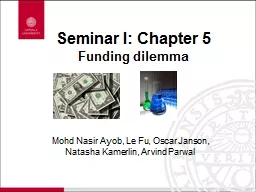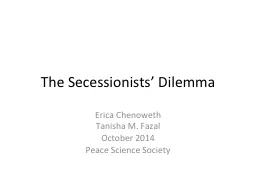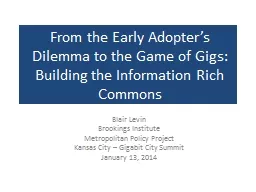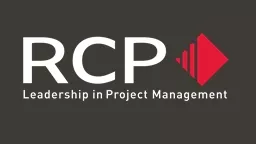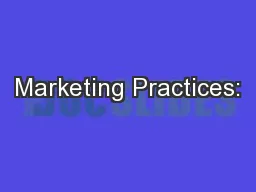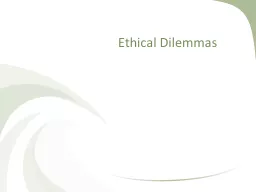PPT-Seminar I: Chapter 5 Funding dilemma
Author : lindy-dunigan | Published Date : 2018-11-21
Mohd Nasir Ayob Le Fu Oscar Janson Natasha Kamerlin Arvind Parwal Problem A company is funding a series of drug studies Your research group has been given a
Presentation Embed Code
Download Presentation
Download Presentation The PPT/PDF document "Seminar I: Chapter 5 Funding dilemma" is the property of its rightful owner. Permission is granted to download and print the materials on this website for personal, non-commercial use only, and to display it on your personal computer provided you do not modify the materials and that you retain all copyright notices contained in the materials. By downloading content from our website, you accept the terms of this agreement.
Seminar I: Chapter 5 Funding dilemma: Transcript
Download Rules Of Document
"Seminar I: Chapter 5 Funding dilemma"The content belongs to its owner. You may download and print it for personal use, without modification, and keep all copyright notices. By downloading, you agree to these terms.
Related Documents

